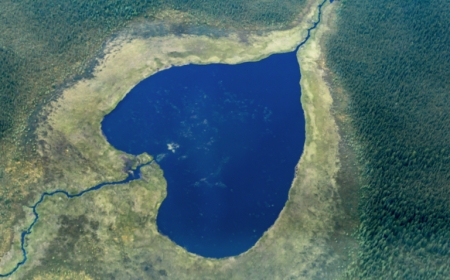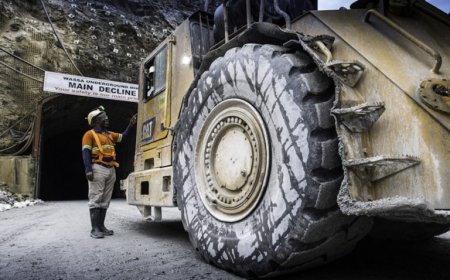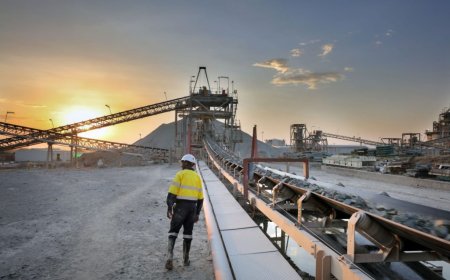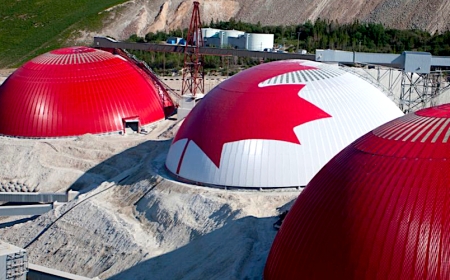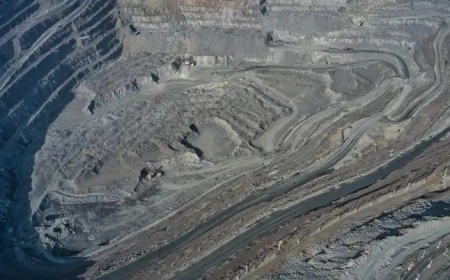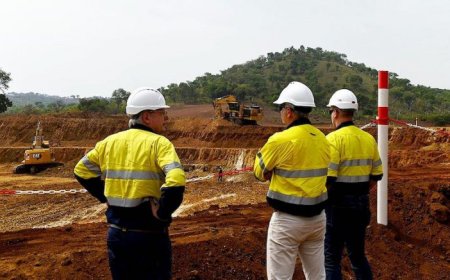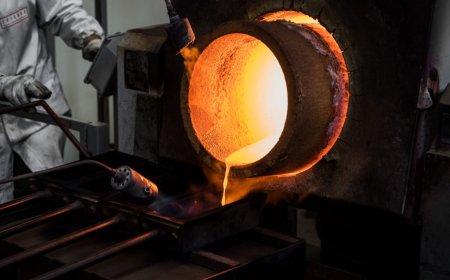JV Article: Drill hits at Red Pine’s Wawa gold project spur new resource model
The latest drill results from Red Pine Exploration’s (TSXV: RPX, US-OTC: RDEXF) ongoing exploration program at its 100%-owned Wawa Gold project in Ontario confirm more significant mineralization west of the Jubilee Shear Zone, prompting the company to plan the release of a new resource model.
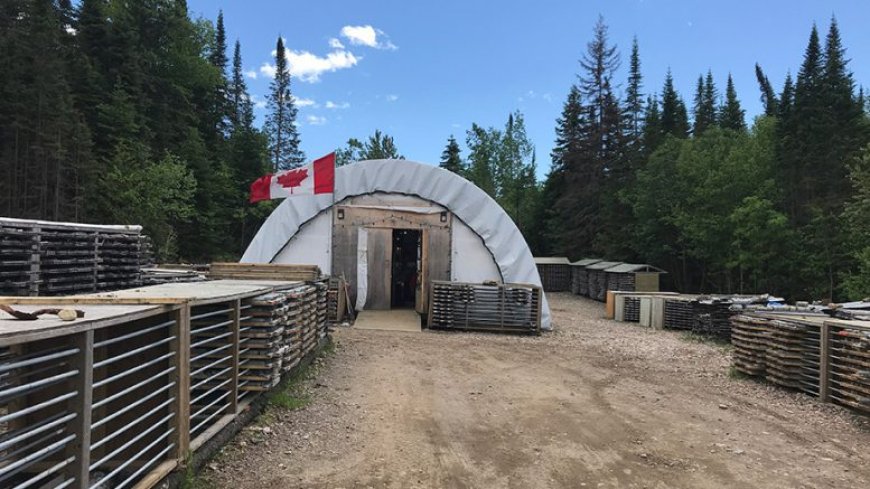

Spring drilling tested the intrusion-related gold system and a series of extensional veins in the Wawa Gold Corridor west of the Jubilee Shear.

Multiple extensional veins were intersected, including 1.32 grams gold per tonne over 101 metres, 3.7 grams gold over 26.6 metres and showed significant gold mineralization associated with extensional vein networks around and within the Jubilee Shear.
The 2021 and 2022 drill campaigns also expanded the footprint of mineralization outside the current resource of the Surluga deposit and quantified additional exploration targets.
The property, in Ontario’s Michipicoten Greenstone Belt, has hosted numerous gold mines with historic production of over 120,000 ounces.
Wawa’s two mineral deposits, Surluga and Minto Mine South, have a current indicated resource of 1.3 million tonnes grading 5.5 grams gold for 230,000 oz. and inferred resources of 2.7 million tonnes at 5.4 grams gold for 471,000 ounces.
Red Pine CEO Quentin Yarie says the latest results, combined with the previous results so far in 2023, could change the existing resource model from an underground position to a hybrid. It would start with a shallow, high-grade open pit and then move to an underground component.
“It’s bigger than we thought,” Yarie says. “We think we’re dealing with something that could be north of 3 million ounces, and we have gold bearing structures that cover almost 14 line-km on the property.
“We’re hitting the marks we put in the ground. It’s proved to depth over the last two years. We’ve intersected gold mineralization as deep as 700 metres vertical – we’re sort of scratching the surface even with the new resource,” he says.
“I think the big story here is we said we’re going to prove that it extends to depth. It does and now it’s time to turn that into a new resource statement. With an open pit scenario, we would expect that the grade of the overall resource would remain over 2 grams per tonne.”
The CEO added that a game changing discovery is the intrusion related gold system.
“The orogenic resource that we have, we always wondered what the source of that was, now we’re quite confident that part of the gold contained in the orogenic system could be sourced from an older intrusion-related gold system.”
What the exploration team knows is that the intrusion hosting gold mineralization runs deep and can be mapped out with the geophysics to depths of more than 2.5 km, Yarie notes.
Yarie explains that this intrusion system has a unique shape with a dip component.
“It’s deep rooted, three to five kilometres and that’s the mag modelling… mapping this intrusion system. I’m quite confident that’s the footprint of the intrusion. That’s what I think is a pretty significant game changer.
“I’m confident that we have a large deep-rooted system here of significance,” he said. “This is a hybrid and polyphase gold system that has a potential for a large open pit. Last year we were multiple times in the top ten for intersections in North America. We’ve had some wonderful hits.”

